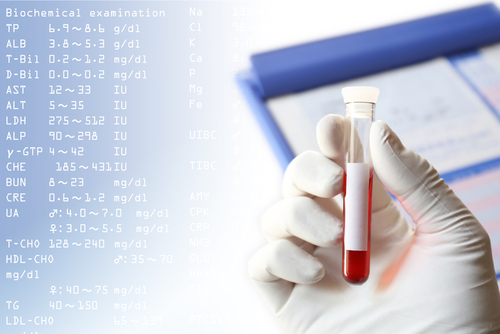New blood test identifies TB infections within hours
IANS Mar 28, 2017
US researchers said they have successfully developed a blood test that can rapidly diagnose and quantitate the severity of active tuberculosis (TB) cases, an important advance against the major global health threat, a media report said.

"In the current frontlines of TB testing, coughed-up sputum, blood culture tests, invasive lung and lymph biopsies, or spinal taps are the only way to diagnose TB," said Tony Hu of the Arizona State University on Monday.
"The results can give false negatives, and these tests are further constrained because they must take days to weeks to get the results," Xinhua news agency quoted Hu as saying. The new method combines antibody-labelled nanoparticles with high-throughput mass spectrometry to measure small molecules known as peptides from Mycobacterium tuberculosis in the detection of active TB infections, reported in the US journal Proceedings of the National Academy of Sciences.
The team said their newly developed NanoDisk-MS assay not only outperforms all others currently on the market but also takes just hours to complete. This is a very important advance because effective TB control requires that patients should be treated as soon as possible to reduce the risk of spreading the disease, the researchers said. This assay could also significantly improve TB diagnosis and management because it is the first test that can measure the severity of active TB infections.
It does so by accurately detecting minute blood levels of two proteins, known as CFP-10 and ESAT-6, which TB bacteria release only during active infections.
"We are particularly excited about the ability of our high-throughput assay to provide rapid quantitative results that can be used to monitor treatment effects, which will give physicians the ability to better treat worldwide TB infections," Hu added.
According to the World Health Organisation (WHO), TB remains a major global health problem, with 10 million cases and 2 million deaths per year. Making matters worse, TB bacteria can lurk in a person's lung tissue for decades, before spontaneously producing full blown TB disease that can then spread to others. Currently, the WHO estimates that up to one-third of the world's population may have such dormant TB infections.
-
Exclusive Write-ups & Webinars by KOLs
-
Daily Quiz by specialty
-
Paid Market Research Surveys
-
Case discussions, News & Journals' summaries